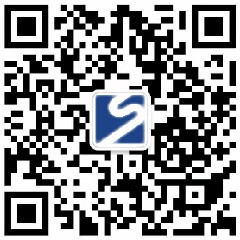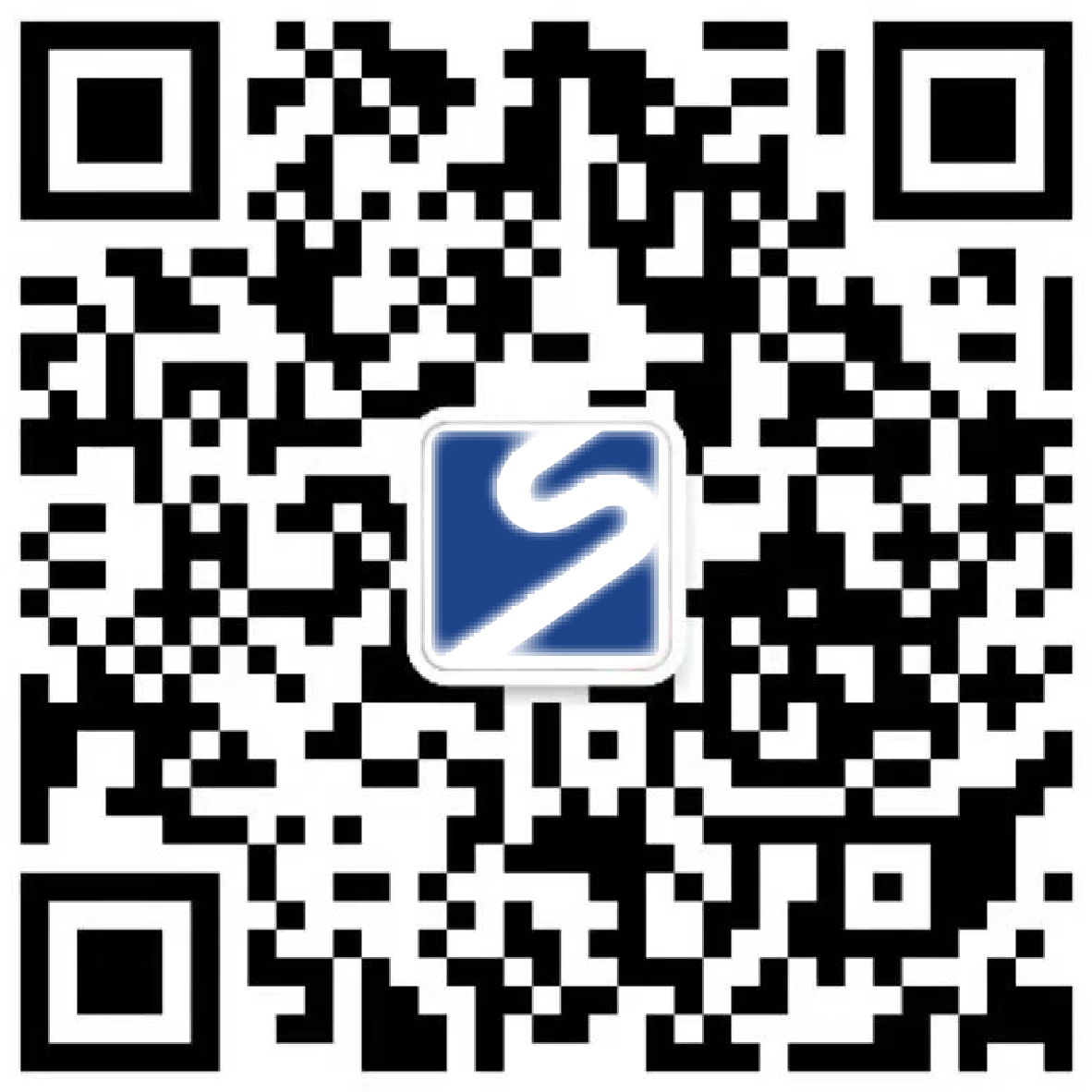Corporate brochure: Don't let your hard work turn into waste paper! Add the ingenuity of "tearing it off and using it", customers will miss you every day
Every time a carefully crafted corporate brochure is delivered to customers, I always feel a little uneasy: Will it be put away casually and collect dust from now on? Even … straight into the wastebasket? Is it really worth the money spent? Today, let's not talk about tall design concepts, but talk about something real-how to make your picture album change from a "disposable item" to a "frequent customer" on the customer's desk, and brush your sense of existence every day!
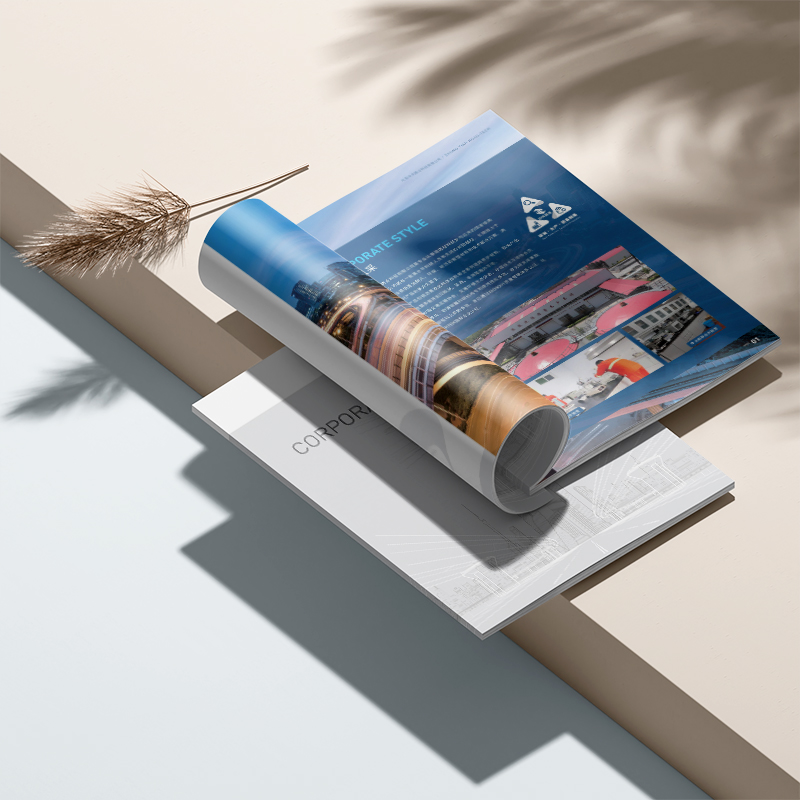
Pain point: Beautiful picture albums, why can't they escape the fate of "throwing them away after reading them"?
Think about it. The corporate brochures that we have worked hard to plan content, shoot blockbusters, carefully typeset, and print on paper carry the company's image, products, and strength, and are heavily delivered to target customers. The customer may flip it over at that time and think, "Well, it's good", then what?
"Information overload": a thick book with too much information and too concentrated information, customers will not be able to digest it for a while, and they will not have time to read it repeatedly to find a key point (such as your core advantages, a certain product parameter, contact information).
"Single scene": Its mission seems to be only at the moment of being "read", and then put on the shelf, lacking the opportunity to integrate into the daily work or life of customers.
"Disposable": It feels like a "magazine", which loses most of its practical value after reading it, and it seems reasonable to be cleaned up.
And the result? A huge investment (time, effort, money) may only be exchanged for short-lived attention. Brand impression is short-lived, and it is difficult to take root in customers' hearts. I'm afraid this is the biggest pain in the hearts of all friends who are responsible for the planning of corporate brochures!
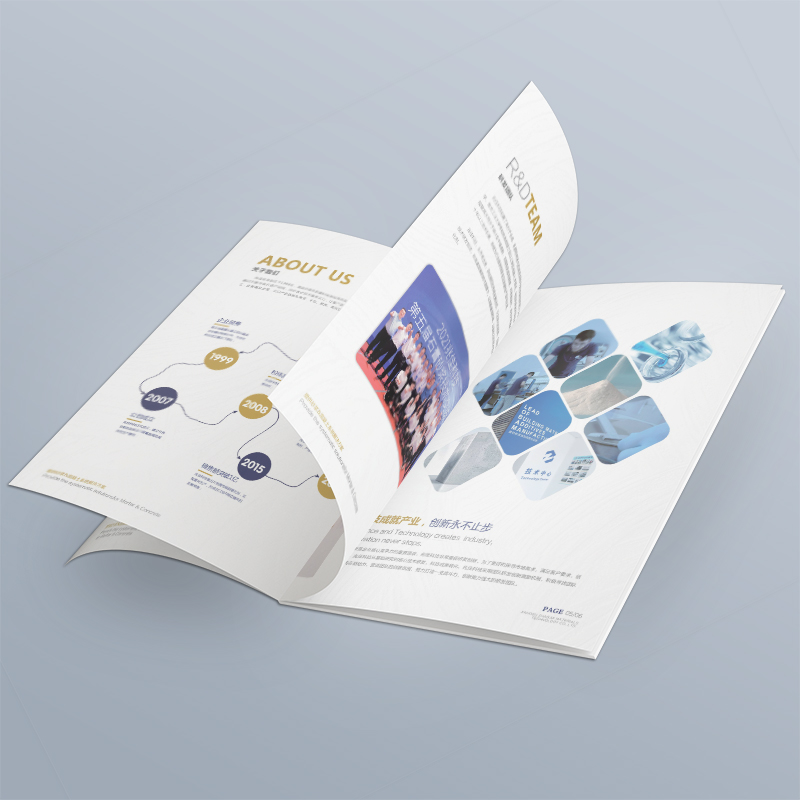
Ingenuity to break the game: Let the album "live", tear it off and use it!
How to break the game? The secret lies in breaking the "holistic" thinking of the album and giving it a "second life", so that part of it can be "disassembled" and "integrated" into the daily high-frequency use scenes of customers. Core idea: Integrate practical small objects in the picture album!
Real case: A piece of sticky note, let customers see each day!
I still remember seeing a corporate brochure case made by my colleagues last year, and I was extremely impressed:
Exquisite appearance: The cover is thick 350g coated paper, covered with light film, simple and atmospheric, and bound with firm saddle nails.
Hidden mystery: Turn to the third cover (the back of the back cover), and the surprise is coming! Instead of blank or simple company information, this is neatly covered with tear-off instant notes (sticky note sheets)! Each sticky note sheet is standard A5 size (i.e. half the size of the giclee unfolded page) and comes with its own adhesive backing.
Ingenious design: The company's Logo, core business slogan and an eye-catching contact information (QR code phone) are clearly printed on the bottom edge of each sticky note paper. The sticky note paper itself is blank for easy writing.
The effect is explosive: Imagine that the customer receives this album and after flipping through the contents, he will naturally tear off a few sticky notes and stick them beside the computer, notepad, or phone... to write down a to-do list, write a temporary phone call, and post a reminder. Every time you use this note and look at the company information at the bottom, it is a silent brand strengthening! The name and business of this company have "invaded" customers' eyes and minds silently and frequently. The effect works better than printing the contact information ten times in the album! Customers will even say, "Hey, that sticky note book is quite practical. Which company is it from? Oh, XX company!"
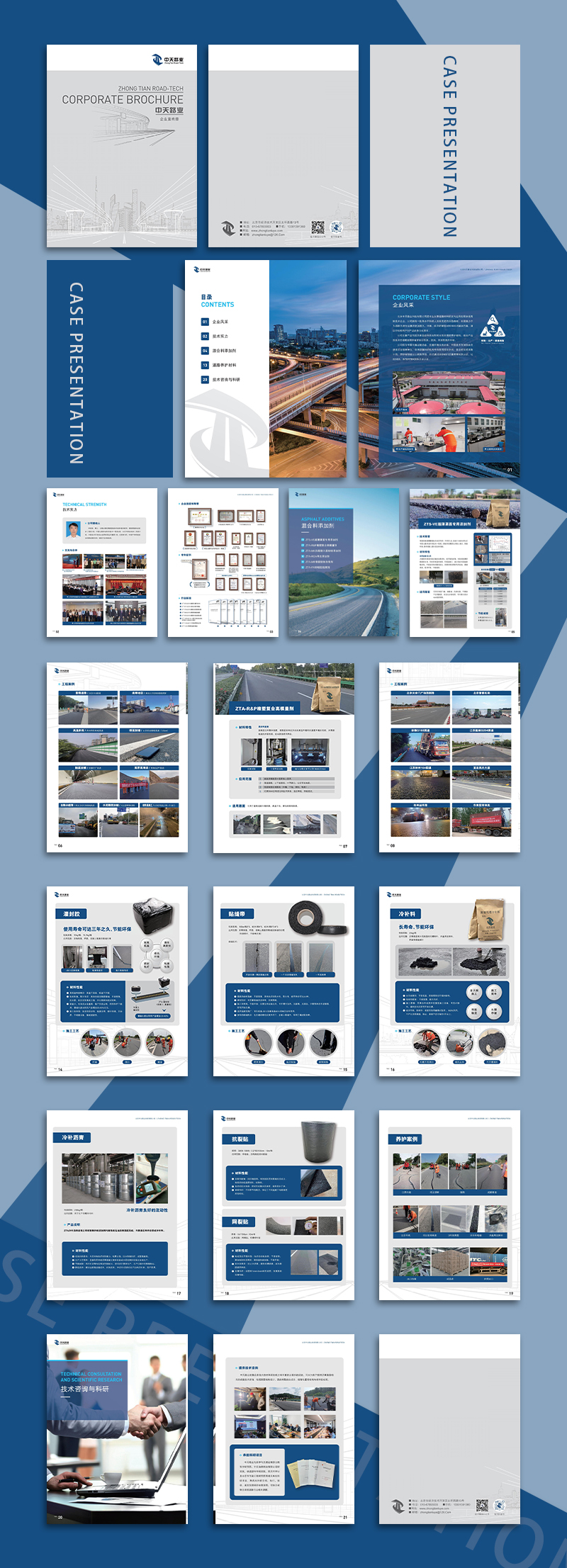
"Secondary Utilization" Design Guide: Turn your picture album into a "treasure chest"
This sticky note case gives us great inspiration. The core of the "second life" design of corporate brochures lies in "practicality", "high frequency" and "brand exposure". Besides sticky notes, there are more brain holes to open:
Turn into a "knowledge bookmark":
How to do it? On the top or side of the key content pages (such as product parameter pages, core advantages pages, and service process pages) of the inner pages of the album, design bookmark strips with die-cut lines that are easy to tear off. The bookmark bar can be printed with the summary of the core information or keywords of the page, and the company Logo and contact information can be printed on the back.
Why is it good? When reading, when customers encounter an important page, they can immediately tear off the bookmark and clamp it inside, which is convenient for quick positioning next time. When he marks the book or document he is reading with this book tag, your brand message is also displayed
Incarnate "Inspiration Notebook":
How to do it? The practice in the case is very classic and effective. The key is that the quantity should be sufficient (cover a page), the tearing should be convenient (the die-cut line is clear, the paper is easy to tear), and the brand exposure should be restrained and conspicuous (a small area at the bottom is enough).
Why is it good? Sticky notes are absolutely just needed for office work and are used extremely frequently. Every use is a brand reminder for extremely low cost and long-lasting results.
Customize "Information Card/Index Card":
How to do it? Design the most important pieces of information in the album (such as the core selling points of the main product picture, the contact information of different business departments, and the introduction of thumbnails of successful cases) into independent small cards with die-cut lines, and put them on a certain page of the album or as an insert. The card size can refer to the business card or be slightly larger.
Why is it good? According to their own needs, customers can tear off the cards they are interested in, stick them on the partition of the workstation, put them in the business card holder, or hand them directly to colleagues with relevant needs. Information is accurately delivered and used.
Hidden "creative origami/model":
How to do it? This requires higher-order design. On a blank page of the album (such as the inner page of the back cover or the reserved page), use paper and printing to design a simple origami step-by-step diagram or die-cut line, and guide the customer to tear off the page and fold it into an interesting small object (such as a miniature product model, a creative pen holder, and a mobile phone holder).
Why is it good? It is highly interactive, full of surprise, and can trigger social sharing ("Look! This album can also fold this out!"), which greatly enhances brand memory and goodwill. Small folded objects will be placed on the table for a long time.
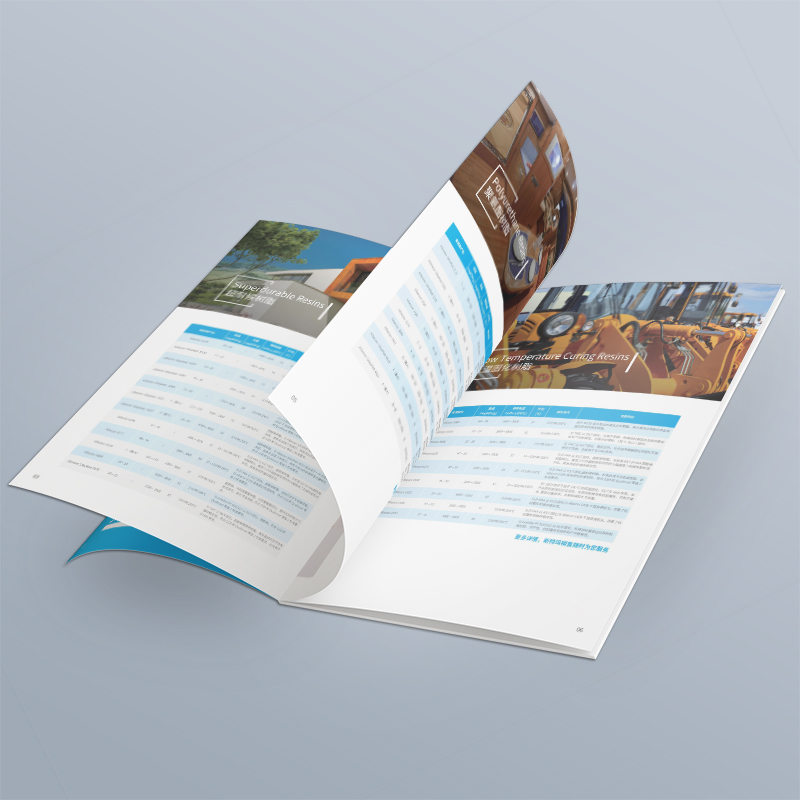
Implementation of design: Practical points to prevent ingenuity from overturning
Creativity alone is not enough, and only by implementing it in place can it win customer reputation. When designing such "tear-off" corporate brochures, it is important to pay attention:
Paper is the soul: the thickness, stiffness and writing smoothness of paper used to make sticky notes, bookmarks and cards are crucial. Too thin and easy to wrinkle, and bleeding ink when writing will greatly reduce the desire to use. It is recommended to choose 100-120g specialty paper (such as writing paper, lightly coated paper) to ensure a good writing experience and not easy to curl after tearing off. In the case, the third cover is covered with sticky notes, and paper selection is crucial.
Die-cutting must be precise: The position of the die-cutting line (that is, the dotted knife plate that is easy to tear off) must be precise to ensure that the user can easily and neatly tear off the required part without tearing other contents or appearing rough. It's about first impressions and user experience.
Adhesive should be reliable (for sticky notes): If it is a sticky note with adhesive back, the stickiness of the glue should be moderate and long-lasting. Too sticky may tear the paper or leave residual glue; If you don't have enough stickiness, you won't stick. Requires multiple tests.
Brand exposure needs restraint: Displaying brand information (Logo, Slogan, core contact information) on torn parts (bookmarks, sticky notes, cards) is the core purpose, but it must be concise, clear, and in a fixed position (such as the bottom edge) to avoid overwhelming the host and affecting its main function as a "utility tool". Think of the information at the bottom of the sticky note in the case, which is clear and does not hinder writing.
Matching of binding methods: The "tearable" design has certain requirements for binding firmness. Saddle nails and lock thread bonding are usually stronger and can withstand the structural stability after tearing off some pages. Pure glue bonding (especially wireless glue bonding) is easy to fall apart after a large number of pages are teared, so it needs to be carefully selected or partially reinforced.
Costs to figure out: special paper, die-cutting processes, possible adhesive treatments all add to costs. Accurate calculation is needed to ensure a reasonable input-output ratio. When proposing to customers, clearly state the long-term brand exposure value and customer retention value it brings.
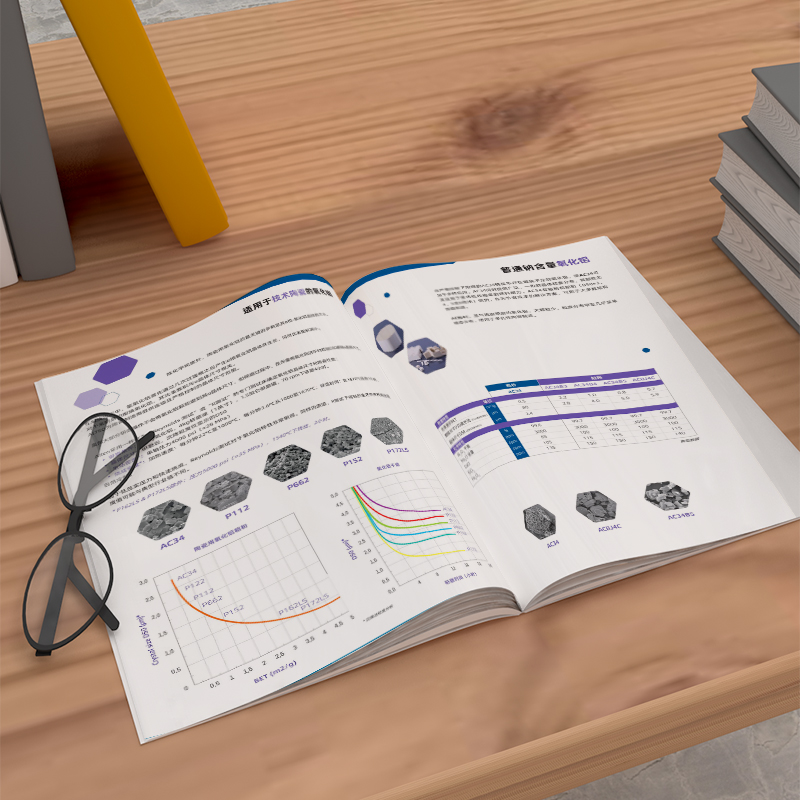
Value sublimation: small design leverages big brand impression
In the era of information explosion, competing for customer attention is a protracted battle. A corporate brochure with a "second life", its value is far more than the initial transmission of information:
Say goodbye to "disposable" and embrace "persistence": it cleverly breaks through the fate of "disposable after reading" of traditional picture albums, and embeds brand information into the scenes (writing, marking, recording, displaying) that customers use frequently in their daily life.
Silence is better than sound, high frequency and strong touch: every time a torn note is used, a bookmark is flipped through, a card is passed, and an origami is displayed, it is a silent but powerful brand exposure and impression deepening. The effect of this repeated touch is incomparable to that of traditional advertising.
Practical goodwill, bringing customers closer to their hearts: providing practical convenience and ingenuity can significantly enhance customers' goodwill and memory of the brand. "This company is very attentive, and even the brochure is thinking about how to use it conveniently for me"-this kind of user voice is the greatest success.
The king of cost performance, long-term exposure device: Compared with online advertising or offline activities that invest heavily, the incremental cost of adding "secondary utilization" design to album production is limited, but the long-term exposure value brought is huge. It is like a constantly working, free brand promoter, quietly staying at the customer's desk.
When you need to plan the next timeCorporate Promotional AlbumWhen you do, you might as well jump out of the traditional frame of "exquisite atlas" and ask one more question: "How else can it be used besides looking at it?" A sticky note, a bookmark, a set of cards, or even a fun origami design can be a key pivot for you to leverage your customer's long-term memory and put your brand image rooted. Let the album "live", tear it off, use it, and let your brand truly integrate into your customers' every day. This is not just a brochure, it's your "brand assistant" left on your customer's desktop.

